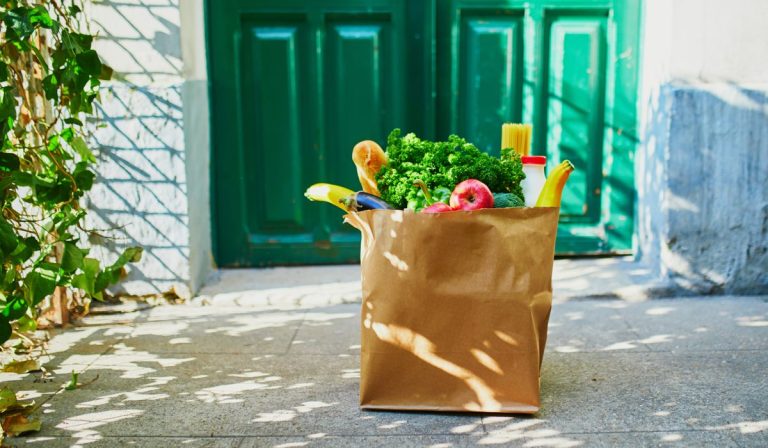
Memorial Day is full of hallowed traditions.
There’s the true meaning of the holiday, of course — honoring the fallen who gave their lives in service to freedom.
Then there are all the less formal observances:
The quick getaway to the mountains, maybe.
A beach — if it’s warm enough.
A cookout, almost certainly.
And maybe a mattress sale.
We’re being just a bit tongue in cheek.
But no matter just how broad-ranging the activities might be, a few connections are always there.
Because the connected economy continues to take shape — indeed, doesn’t take a holiday. It may be the case that the holidays give evidence of just how intertwined physical and digital channels really have become.
The phone and the app are the stalwarts that accompany us throughout all of these locations, to all of these aforementioned activities.
Think, then, of the air mattresses ordered off Amazon or other platforms, ready to accommodate your guests. The hot dogs and veggie burgers ordered up on same-day delivery apps. The movie tickets purchased through Fandango. Maybe there is a rental car when we need to get from point A to point B — or an Uber or Lyft to leave the driving to someone else.
You get the picture.
Indeed, the above continuum of actions need not be transnational in nature. Beyond the U.S., PYMNTS data show that the connected economy is a global phenomenon. Data gleaned from 11 countries show that e-journey to a fully-realized digital transformation is underway — and it’s early days yet.
To get a sense of the greenfield opportunity, 59% of consumers across all 11 who engage in mobile banking activities. Yet only 19% of consumers are highly engaged in those activities. Given that in the United States, 91% of us are connected to the internet and 77% own smartphones, the dry tinder is there to get online more often to conduct a variety of activities across digital channels.
Read also: Data Point: US Lags in Digital Transformation, Japan Comes in Dead Last in 11-Country Study
Indeed, in that report, titled “Benchmarking the World’s Digital Transformation,” we found that there is a cross-pollination effect. In just one example, shopping online is closely correlated with increased ordering of groceries online and ordering from restaurants online.

Payments are just part of the equation. Here in the States, only 32% of consumers use mobile means of transacting.
Payments as Gateway
But payments serve as a gateway, of sorts, to a continuum of interactions. As Karen Webster noted in a recent column, as economies reopen, there’s a broad mix of consumer activities that straddle physical and digital realms.
Consumers, she said, are “logically doubling down on the activities for which there are no great digital substitutes — traveling, eating out at their favorite restaurants, going to concerts, taking the kids to amusement parks and county fairs — the things that they couldn’t do or felt uneasy doing in the physical world for the last two years.”
And as part of it all, devices and apps are taking shape as a complement to physical activities — and vice versa — not necessarily serving as a wholesale replacement. Along the way, as the trends continue, we’ll likely see the rise of the superapp in the United States, much as in the ways in which we’ve seen them grow in southeast Asia, among other markets.
For now, the three-day weekend, as you read this, recedes into memory — and the connected economy gets just a little stronger.